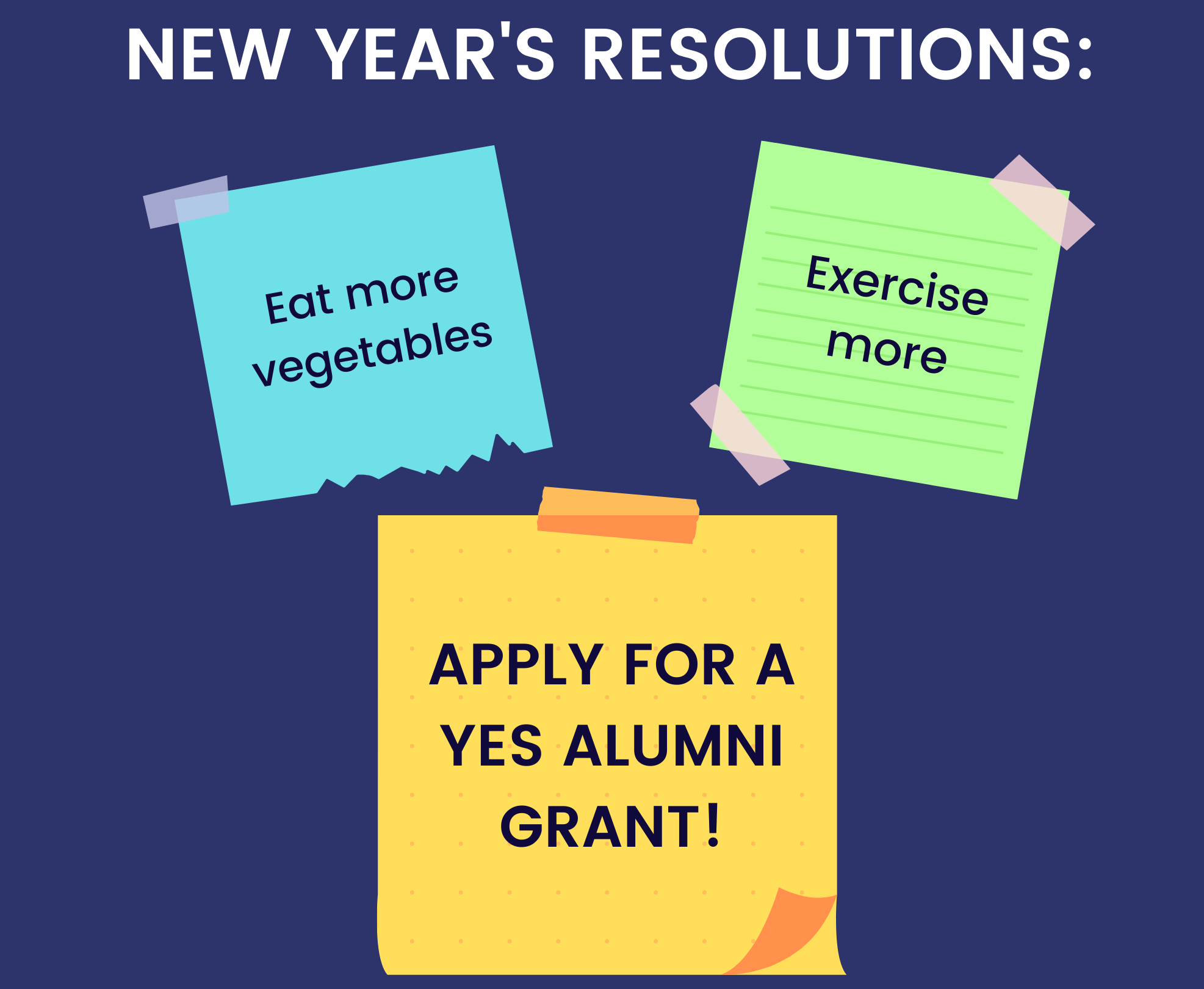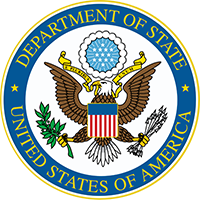Maryame has taken the lessons learned from her exchange year to make a difference in her community.
STORIES
YES Alumni Grant Proposal Action Plan
January 4, 2021

Have a great idea for a YES Alumni Grant but aren’t sure where to start? Here’s your plan of action to stay on track for the January 31 deadline.
#1 piece of advice: START EARLY! Quality applications require time to form a team, gather information, get buy-in from your local community and organizations you might like to partner with, research prices, develop a detailed budget, and gather supporting documents.
First Things First
- Create an account in the application portal and read carefully through the application to understand eligibility, application components, and guidelines.
- Watch the YES Alumni Grants Overview video.
- Share your idea and ask for feedback from staff at your local YES office and from senior alumni (especially those who have conducted a grant project and/or have project management experience).
- See what projects other alumni have done. Use the search bar at YES stories to search for “YES Alumni Grant.” You’ll find a wealth of articles about previous YES Alumni Grant projects.
Form a Team and Partnerships
- Form your project team of fellow alumni and other volunteers who are passionate about your target issue and who are responsible and dependable. Resumes/CVs should be provided for all key project organizers and trainers.
- Hit the streets, spread the word, and make partnerships. Strong grant proposals demonstrate buy-in through partnerships and support from local organizations, experts, and community members. Be sure to get a letter(s) of support from project partners that clearly states their commitment and what type of support (and the monetary value of the support, known as cost share) they will provide.
Draft Your Proposal
- Watch the Grant Proposal Writing video.
- Read these Proposal Writing Tips.
- The target and design of your project should be clearly thought out and your proposal should provide detail on the “5 Ws and H” throughout: Who, what, when, where, why, and how.
- Be sure your proposal provides evidence to support why your project is needed, clearly states your aim and how you will measure your success, and outlines the exact structure of how your project will be implemented and who will be involved.
- Your target audience/beneficiaries should be very clearly defined, including demographics, how many will participate, and how they will be recruited.
- Write with the evaluation team in mind. Make our job of understanding and scoring your application as easy as possible. Assume we know nothing about your community or its needs. Clearly explain any jargon or acronyms. Provide adequate detail.
Build Your Budget
- Watch this Grant Budgeting video.
- Read this Budget Best Practices guide.
- Plan to spend more time developing a strong budget than any other part of your proposal.
- Determine what resources you need for your project and request only that amount. Your goal is not to “fill the budget” until you reach the maximum grant amount possible. First, determine your project needs, then build out the budget.
- Do not guess on prices (or exchange rates). You must do price research to craft an accurate budget.
- Demonstrate how you have designed your project in the most cost-effective way possible. Your budget should demonstrate to the evaluation team that you have considered how to deliver the most impact with the least amount of funds, and that you have incorporated cost-saving measures and have maximized all available resources.
Develop Your Project Timeline
- It is critical to develop and submit a realistic and detailed project timeline. Be sure to carefully consider how much time you will need to plan and implement your project and all potential time conflicts, such as your target beneficiaries being unavailable due to school exams or the rainy season in your country. (More about developing your timeline in the Grant Proposal Writing video.)
Consider Risks and Challenges
- Strong grant proposals are accompanied by a well-developed risk management plan. This plan accounts for unforeseen risks and potential problems and presents alternative strategies (i.e., your “plan B”) to manage these. Learn more about risk management.
Before Hitting “Submit”
- Did you read carefully, follow directions, and respond to all parts of every question?
- Before submitting, ask someone you trust, who is unfamiliar with your project, to review your proposal. Is it clear? Are your ideas consistent and well-presented? Does your proposal answer the 5 Ws + H?
- Carefully review your budget alongside your written proposal to ensure the two components tell the same story.
- Double check ALL the math in your budget.
Best of luck. We look forward to reviewing your proposal! Email questions to [email protected].
Share:





